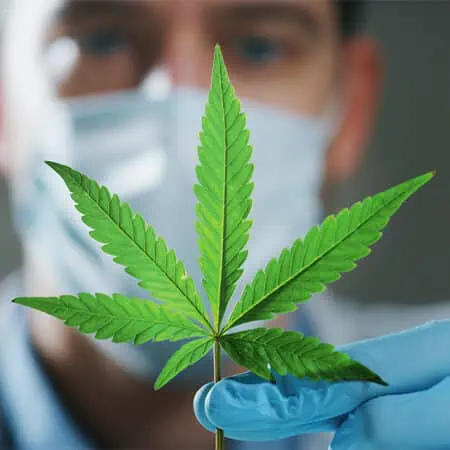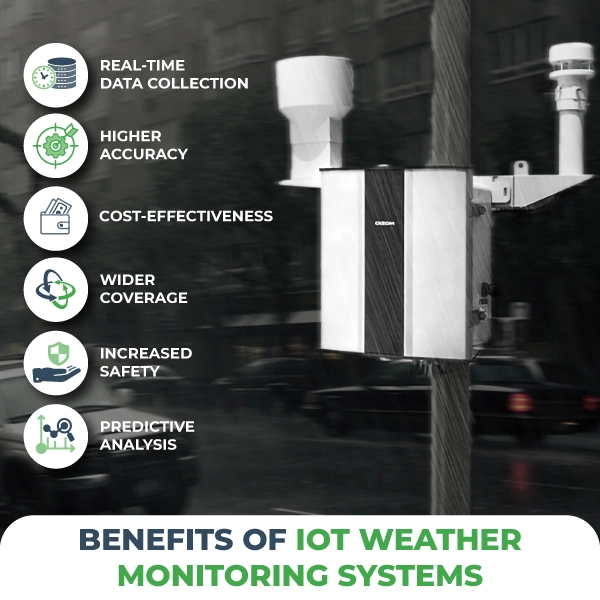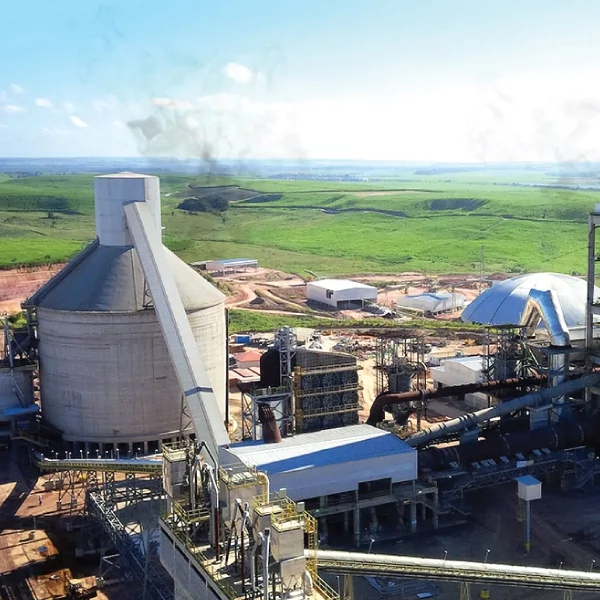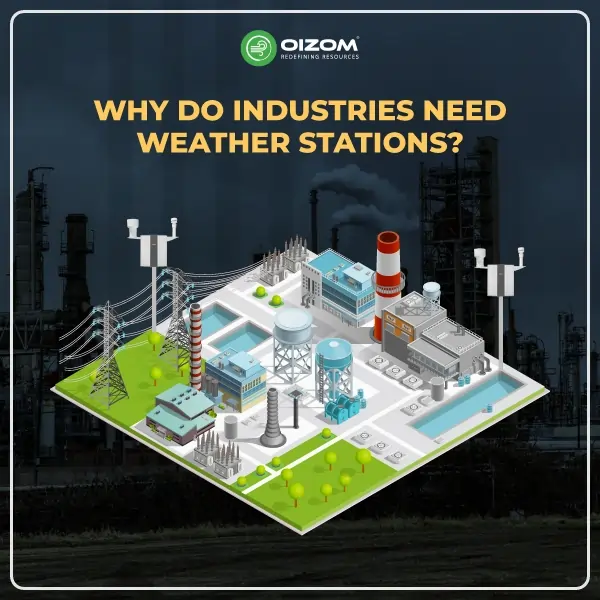Estimated reading time: 8 minutes
Monitoring Air Quality in a Cannabis Cultivation Facility
Do you remember the time when Pablo Escobar ruled the exports of Marijuana and Cannabis?
Those times were chaotic. Growing Cannabis was an illegal task in many states. Yet, people always found a way to cultivate Cannabis despite governmental regulations. However, the times have changed now. Growing Cannabis does not require people to struggle as much, as it is now legal to cultivate them in many states. In this blog, we will learn about the growth and certain challenges faced in this industry.
To give you an estimate, there are almost 70 countries that have accepted Cannabis into medicines. Refer to the infographics below to know more about the consumption and growth of the plant.
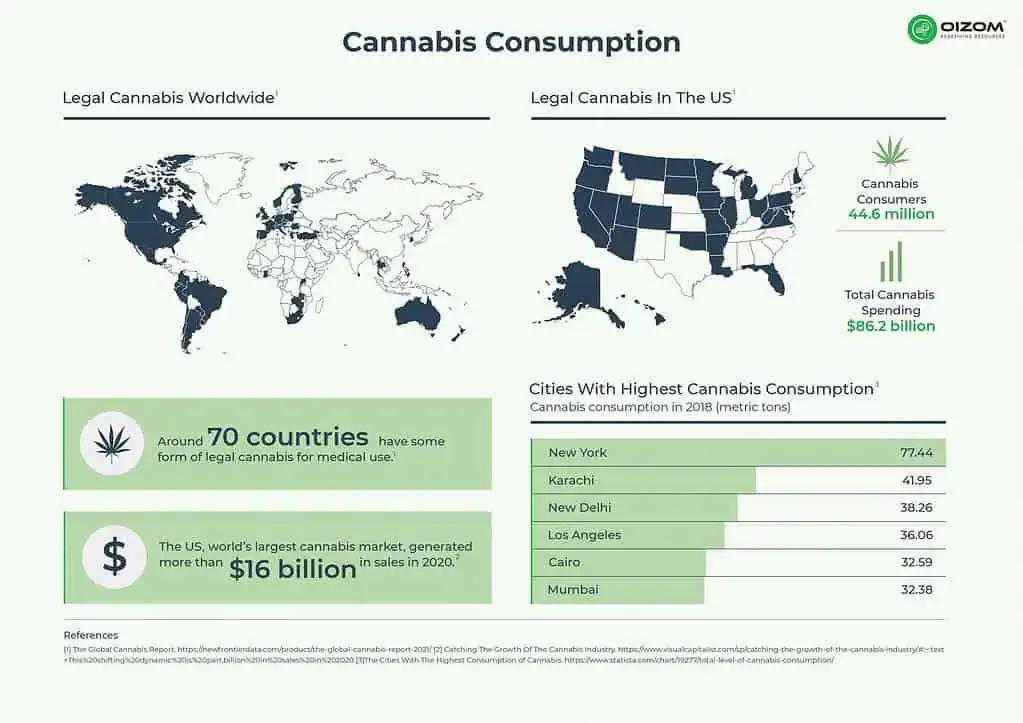
One of the major problems with the industry is the lack of Air Quality monitoring. There have been numerous concerns related to air pollution from such a facility. Some of these concerns relate to odour and other harmful gaseous emissions.
So, how do we combat this problem? How do we prove that there is harm or no harm around such facilities? Having an Air Quality Monitoring system can help answer a lot of these questions. A number of industries across the world identify various emissions from an industrial plant by using these monitors. It can monitor the air quality on a real-time basis and give out accurate readings of such emissions.
It is important to note that before installing such a monitor, we must first understand what are the various parameters to be monitored. this brings us to a major question – What are the emissions from a CCF? Read more to find out.
What are the emissions from a Cannabis Cultivation Facility (CCF)?
Have you ever walked across the street and caught a whiff of burning tobacco from the smokers on the street? Or even walked across a Chinese food store or your favourite Indian supermarket? You are sure to smell the spices and other items on display. The same follows with a Cannabis Cultivation Facility.
There have been concerns about emissions of odour and other air pollutants in such facilities. Some of them are noxious gaseous substances and even dust.
Some of the emissions that are noted in a Cannabis Cultivation Facility are:
- VOCs
- Odour
- Dust
- Harmful gaseous substances
VOC
VOCs are short for Volatile Organic Compounds. They are chemical compounds that are released into the air from substances in our homes and even the environment.
Imagine staying in a room for 24 hours. No windows opened, or ventilation facility. Would the room still smell fresh like it did before you came? Of course, not. As humans, we are also responsible for releasing some of these chemicals, just the way plants and other living organisms do. These get classified into Biogenic Volatile Organic Compounds (BVOC). Subsequently, with Cannabis belonging to the Flora species, it is obvious that there will be a release of BVOCs.
Cannabis belonging to the Flora species, it is obvious that there will be a release of BVOCs. In a study published in the Atmospheric Environment Journal(2020) titled ‘Ambient measurements of monoterpenes near cannabis cultivation facilities in Denver, Colorado’, the authors have done extensive research on a number of` CCFs. It was noted that there was a large quantity of d-limonene (30%), β-myrcene (20%), and α-pinene (15%) being emitted.
It is also important that the BVOC emissions from Cannabis vary in the following aspects:
- Cultivation practices – Indoor/Outdoor
- Stage of plant growth
- Environmental conditions exposed to the plant.
Odour
There is no doubt that exposure to a constant environmental odour can get annoying. It can also affect one’s health. Cannabis growing facilities have on a large scale been seen as a regional odour contributor.
There have been numerous claims that describe the smell around a CCF. Most of them not being very pleasant. In the article mentioned above, an analysis of the chemical property leading to an odour was also done. It was noted that the presence of dimethylsulfide was found in trace amounts. Dimethylsulfide is said to have a strong rotten egg smell. Even though its trace amount was small, the intensity could vary depending on cultivation and environmental factors.
Particulate Matter
We have established that the BVOC emissions are present in the CCF. These VOCs , when released into the atmosphere, they chemically react with other air pollutants to form fine particulate matter (PM2.5). Although such formation of particulate matter is indirect, their accumulation could lead to being harmful to human health and even other vegetation.
Other Harmful Gaseous Emissions
Much like particulate matter, there are many other harmful gaseous substances that can be formulated from the emissions from a CCF. With certain BVOCs interacting in the ambient atmosphere with other air pollutants, it can contribute to the formation of some harmful gaseous air pollutants. Some of them are:
- Ozone (O3)
- Nitrate (NO3)
- Hydroxide (OH)
Even if these emissions are indirect in nature, it is still important to monitor the air quality on a real-time basis. As high concentrations of such gaseous levels might cause a number of health effects.
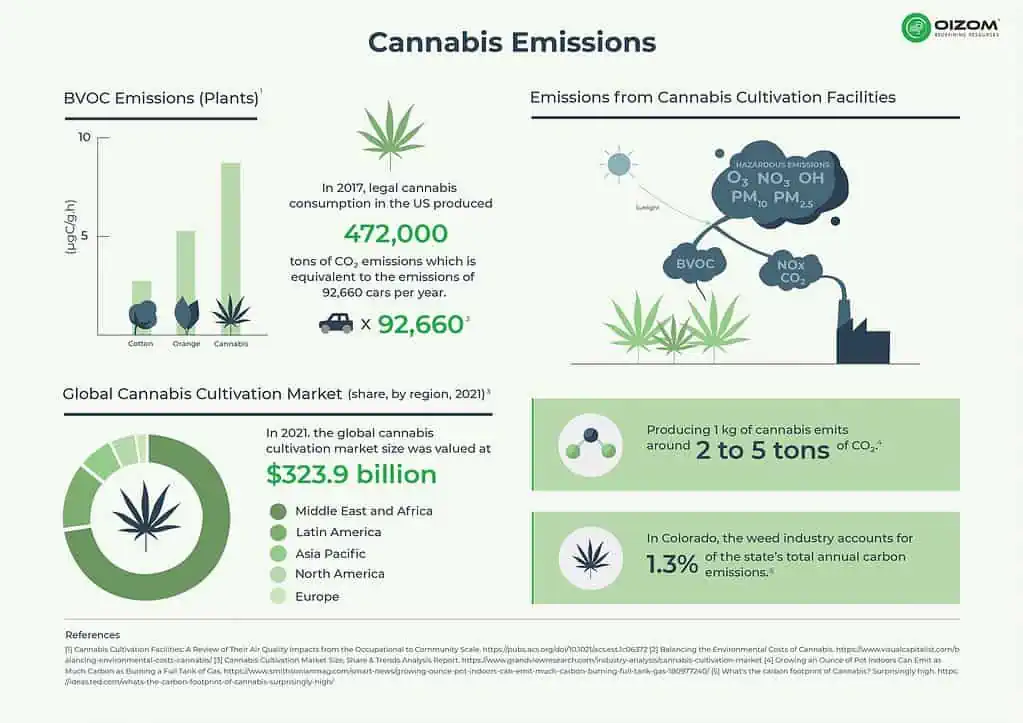
Benefits of monitoring emissions from CCF
We have now understood the different emissions that occur from a cannabis facility. Would you say that it is important to monitor such emissions? Monitoring the Air Quality in a cannabis facility has a lot of advantages. Read more to find out.
Health implications
It is no secret that being exposed to toxic gases like CO2, OH, and NO3 can cause major health issues. Additionally, Dust particles like PM2.5 and PM10 can also cause problems to our health This is one of the reasons why several health organizations have put out certain standards for safe breathing conditions. For more information, read our blog on WHO on Air Quality. Understanding the various emission levels could help the CCF to improve its best practices in cultivating Cannabis. Subsequently, right precautions can be adopted. This will help the workers and even the neighbours safeguard their health.
Best output for the Cannabis plant growth
You may be wondering how this would impact the growth of cannabis. Having an air quality monitor can help identify the necessary environmental conditions for the growth of the plant. Similarly, It can help you understand the right temperature, humidity and other environmental conditions. This helps you make an informed decision.
Better Governance
Getting accurate data on the various air pollution levels will be helpful in making better decisions in the future. If you have the right amount of data, the government can make an informed decision that would best suit the needs of its people. This also applies to company policies and local governance as well.
Building public confidence
In the information age that we are currently living, people like to be aware of their environment. Thus, having a device like such can help people understand the impact on the environment better. This helps them make an informed decision.
Oizom’s Solution To Cannabis Air Quality Monitoring
Oizom offers a wide range of solutions in this regard. Oizom specialises in monitoring air quality on a real-time basis. As stated earlier, having an Air Quality monitor can help you understand the air quality in and around such a Cannabis Cultivation Facility.
The reason why many states and even industrial zones are opting for installing monitors is so that they can study if a particular area has an air pollution problem. It can even detect hazardous particles in the air that deter from safe breathing. Accordingly, a decision can be made that best suits to combat a particular problem.
Some of Oizom’s Air Quality Monitoring Solutions include the following:
Polludrone
The Polludrone measures all major ambient parameters for air pollution. The Polludrone uses our patented e-breathing sampling technology that offers higher accuracy and near-reference data. Hence, by creating a dense network of data points, the Polludrone is powered to generate hyperlocal pollution data. To know more about Polludrone, click here.
Odosense
One of the major concerns that arise from being in and around a CCF was the odour. Oizom’s Odour Monitoring system can monitor odour and various noxious gases on a real-time basis. You can also monitor meteorological parameters like wind speed, and wind direction by using external modules. The weather modules enable us to trace the odorant dispersion plume and identify the odour source. To know more about Odosense, click here.
A Pioneering Guide To The Future Generations for Cannabis Air Quality monitoring
Monitoring a Cannabis Facility might be a game-changer, not just for the cultivator, but for a number of people. Because of the limited research conducted on this topic, On-ground ambient monitoring in and around a CCF will be a pioneering guide to the upcoming generations.
Oizom believes in a world where people from all corners have access to clean air. Having an effective and functioning Air quality monitoring system is the first step on that path.
To know more about Ambient monitoring in and around a Cannabis Cultivation Facility, reach out to us at [email protected]

